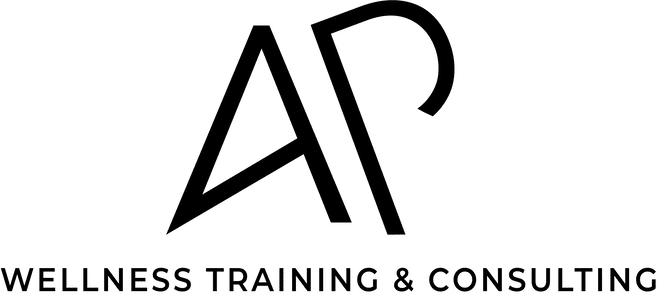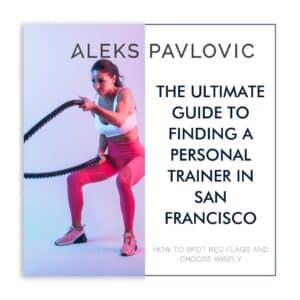When you first started your weightlifting routine, you progressed rapidly. You may have increased your weights every week or two and seen visible muscle growth after a couple months of consistent work. But now you’ve gone several months without a new PR, and you’re starting to feel discouraged.
First, you’ll notice the most dramatic gains at the beginning of a workout program because your body has the most room for change. So if you’re still making slow and steady progress, you may need to adjust your expectations. However, if you’re truly not seeing any improvement, try the strategies below to break through your plateau and consider working with an experienced personal trainer like AP Wellness Training & Consulting.
What is a Workout Plateau?
A workout plateau is a frustrating obstacle that many fitness enthusiasts experience. It refers to when a person’s physical progress suddenly stops, despite consistent exercise and diet.
Plateaus are often caused by a lack of variety in one’s workout routine or an inadequate level of intensity. When the body becomes accustomed to a particular routine, it no longer responds with the same level of improvement as it once did. As a result, it’s essential to mix up your workout routine and intensify your activities to continue progressing.
Plateaus can also occur when a person isn’t consuming enough calories or protein, which slows muscle growth and decreases energy levels. Understanding the causes and how to avoid a workout plateau is critical to achieving long-term fitness goals.
7 Strategies for Overcoming Your Weightlifting Plateau
1. Vary Your Tempo.
One of the easiest changes you can make to your workout routine is varying the speed of your reps. For example, if you’re working on lifts, curls, or presses, try contracting the muscle normally and then releasing slowly to a 3 or 4 count. This eccentric movement causes your muscles to lengthen and engage different fibers.
In a 2009 literature review, researchers found that high-intensity eccentric training provided more significant gains in muscle girth and overall strength than concentric training, which would be your standard lifts and curls.
2. Check Your Nutrient Intake.

Inadequate nutrition can be a major cause of plateaus in weightlifting. The human body requires essential macronutrients, such as proteins, carbohydrates, and fats, for energy and muscle recovery.
Protein is especially critical for weightlifting enthusiasts, as it helps repair and rebuild new muscle fibers broken down during exercise. A recent study showed that consuming 1.6g to 2.2g of protein per kilogram of body weight per day can significantly improve muscle mass and strength.
Carbohydrates, on the other hand, provide the energy necessary to fuel your workouts. A 2016 study also reexamined the importance of critical micronutrients for exercise performance, including Vitamin D for muscle regeneration.
Consulting with a certified nutrition coach or dietician can help ensure your body gets everything it needs for improved performance.
3. Train Partial Ranges of Motion.
Focusing on the partial ranges of motion is an often overlooked strategy for breaking through plateaus. Partials involve performing a specific exercise movement over only a fraction of the full range of motion and can help build strength in specific areas that are lagging. For instance, if you’re having trouble with your deadlift form, using partials may be a great way to strengthen your lower back muscles and improve your technique.
4. Plan Adequate Time for Rest and Recovery.
Recovery is a crucial component of fitness for any serious weightlifter. Not only does it help reduce the risk of injury, but it also allows muscles to repair and rebuild for improved performance in the long run.
You should typically avoid doing intense weightlifting workouts on back-to-back days, so try alternating with some light cardio or mobility work. Taking an active rest week can also be a beneficial way to let your body recharge and heal. Lastly, ensure that you’re allowing for 7-8 hours of sleep per night, so your body can function at its best.
Working with a personal trainer or coach can be a great way to develop an individualized recovery plan tailored to your specific needs.
5. Switch Up Your Routine.

It’s important to mix up your routine so your body doesn’t become accustomed to a certain type of workout. For example, if you’re doing mostly barbell exercises, try adding some dumbbell or kettlebell exercises for variation. You can also supplement with bodyweight exercises like push-ups, pull-ups, and squats. This will help you build different muscle fibers and target new areas for growth.
Other ideas for mixing up your workout include adding balance movements, like single-leg deadlifts, or compound movements, like a squat into a shoulder press. Or trying a new training program, like CrossFit.
If you always work out alone, try finding a workout buddy or joining an exercise class to stay motivated. Doing so can help provide some extra encouragement and support when attempting heavier sets or more difficult exercises.
6. Modify Your Reps.
Changing up the number of reps can also help break through plateaus. Many lifters get accustomed to doing a certain number of repetitions, like 8-10 on each set. However, you may gain more strength and muscle mass by changing your rep ranges for different exercises.
For instance, if you’re focusing on gaining size and mass, try doing fewer repetitions with heavier weights. On the other hand, if you’re looking to increase muscle endurance and definition, focus on higher reps with lighter weights.
By varying your rep range and intensity, you can keep your body guessing and engaged in new ways for improved performance.
7. Work With a Personal Trainer.
If you’re feeling stuck and have tried the above strategies, consider working with a personal trainer or coach. A good trainer will be able to customize an exercise that’s tailored to your individual needs and goals. They can also help modify sets and reps and provide guidance on proper form and technique.
In addition, a personal trainer can give you valuable insights into your current eating habits and lifestyle that may contribute to your plateau. They can then help develop an individualized nutrition plan and encourage you to stay on track with your goals.
Work With AP Wellness Training & Consulting
Are you struggling to break through your plateau no matter how hard you try? At AP Wellness Training & Consulting, I’ve helped people from novice weightlifters to powerlifters meet their fitness goals. I use my background in medical research to develop a scientific approach to my clients’ strength training goals. And as a nutrition coach, I can help you plan meals that provide all the macro- and micronutrients your body needs.
So, schedule a free consultation today to discuss San Francisco personal training or online services.






